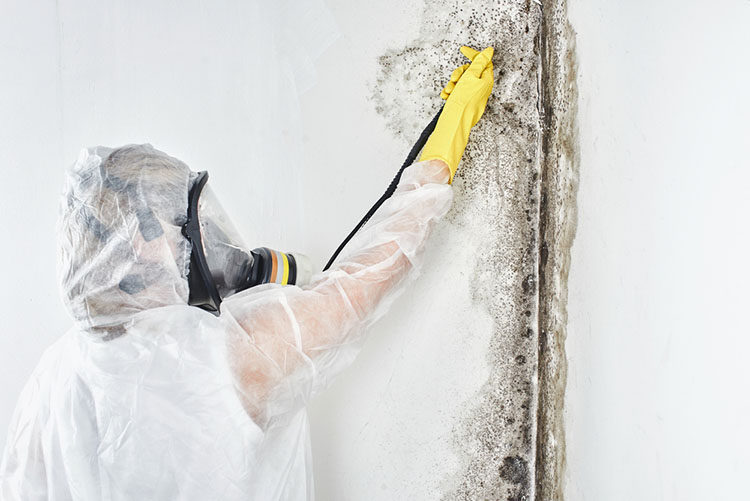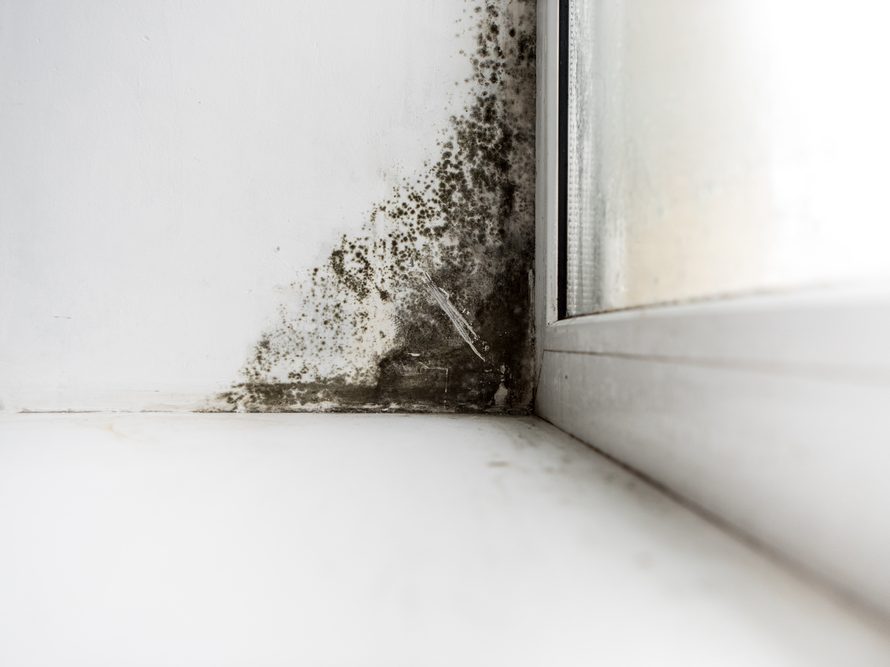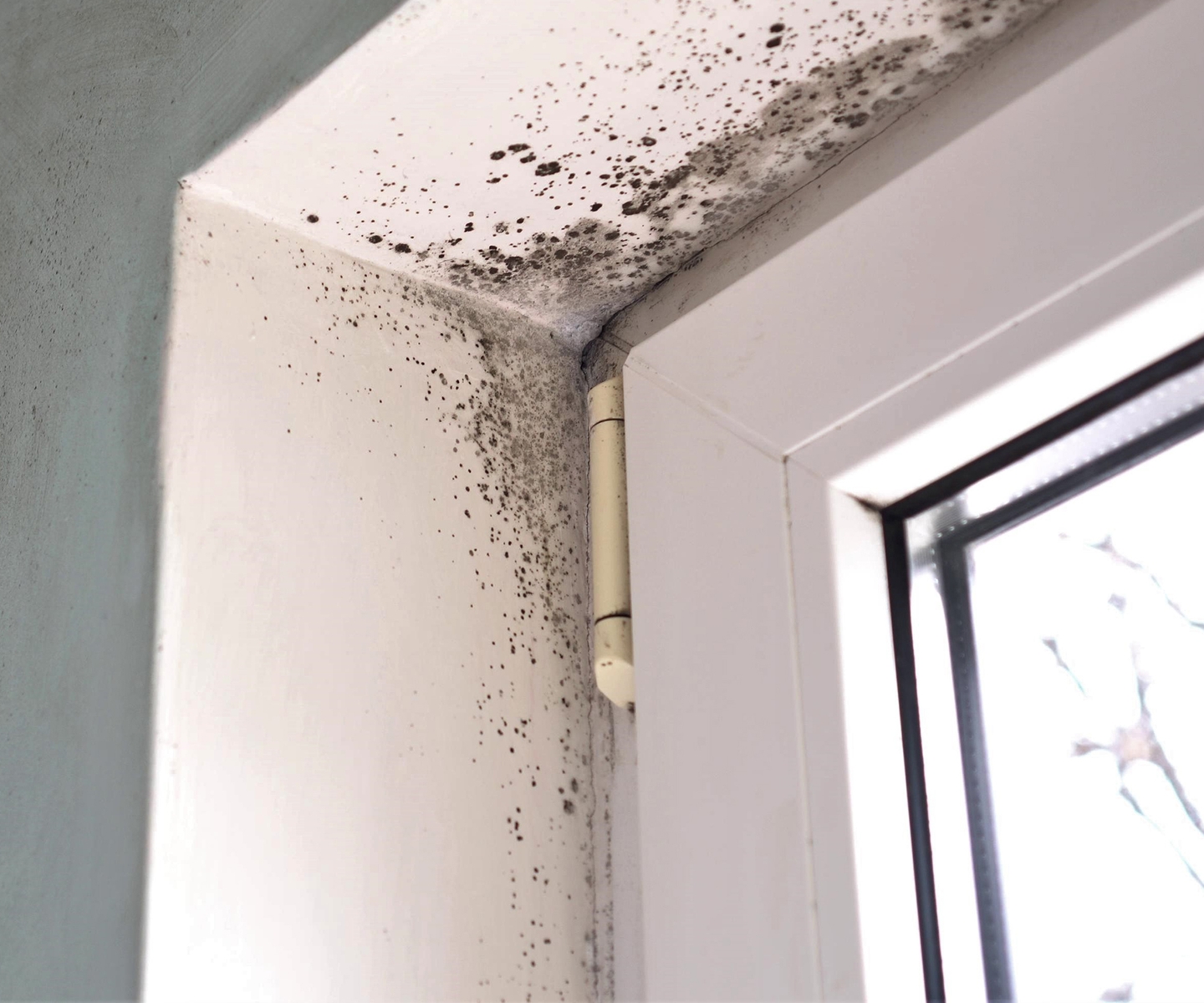Assistance on What to Do After Mold Remediation
Your Ultimate Guide to Message Mold And Mildew Remediation Strategies
In the consequences of mold and mildew problem, understanding exactly how to effectively remove the mold and mildew and prevent its reoccurrence is paramount for maintaining a healthy interior atmosphere. From selecting the best cleaning and disinfecting approaches to carrying out methods for lasting mold and mildew prevention, each step in the remediation trip plays a crucial function in making sure a successful end result.
Understanding Post-Mold Removal Refine
After finishing the mold remediation process, it is important to recognize the post-mold removal strategies that are necessary to make certain a thorough and effective cleanup. Once the mold and mildew has actually been eliminated, the following step includes cleaning and sanitizing the impacted locations to stop any kind of regrowth of mold and mildew. This consists of making use of specialized cleaning up representatives to clean down surfaces and eliminate any staying mold spores. It is important to dry the area totally to prevent the growth of mold in the future (Post Mold remediation cleaning). Appropriate ventilation and dehumidification can assist in this procedure.
Additionally, conducting a final inspection post-remediation is important to guarantee that all mold and mildew has been efficiently eliminated. If the evaluation exposes any type of sticking around mold and mildew, extra removal might be needed.
Reliable Cleaning Up and Sanitizing Approaches

Preventing Future Mold Development

Relevance of Appropriate Ventilation
Correct ventilation plays a vital duty in preventing wetness buildup, a crucial element in mold development within indoor settings. Efficient ventilation systems aid eliminate excess moisture from the air, reducing the possibilities of mold and mildew spores finding the dampness they need to germinate and spread. Without appropriate air flow, interior rooms can become a breeding ground for mold and mildew, resulting in potential health and wellness threats and structural damage.
By making certain correct air blood circulation, ventilation systems can likewise aid in drying moist locations faster after water damages or flooding events, additionally deterring mold growth. After mold remediation. In areas like shower rooms, cooking areas, cellars, and attics where wetness degrees tend to be higher, installing and preserving reliable air flow systems is crucial in protecting against mold infestations

Monitoring and Maintenance Tips
Offered the critical duty that proper ventilation plays in protecting against mold and mildew growth, it is vital to develop reliable surveillance and upkeep tips to make sure the continued performance of ventilation systems. Normal assessments of air flow systems ought to be carried out to check for any site indicators of obstructions, leaks, or breakdowns that can hamper appropriate air flow. Monitoring humidity levels within the residential or commercial property is additionally vital, as high moisture can contribute to mold and mildew development. Installing a hygrometer can aid track moisture levels and alert property owners to any spikes that might call for focus. In addition, ensuring that air filters are regularly cleaned or changed is necessary for maintaining the performance of the ventilation system. Executing a routine for routine maintenance jobs, such as air duct cleansing and HVAC system evaluations, can assist prevent concerns before they intensify. By remaining proactive and mindful to the problem of ventilation systems, homeowner can properly reduce the danger of mold regrowth and preserve a healthy and balanced indoor environment.
Verdict
To conclude, post-mold remediation techniques are necessary for ensuring a tidy and safe atmosphere. Recognizing the procedure, executing efficient cleansing and sanitizing techniques, protecting against future mold and mildew growth, preserving proper ventilation, and regular tracking are all vital action site link in the remediation procedure. By complying with these standards, you can effectively get rid of mold and prevent its return, advertising a healthy and balanced living or working room for all owners.
In the results of mold and mildew invasion, recognizing how to effectively remove the mold and mildew and stop its reoccurrence is critical for maintaining a healthy interior environment. As soon as the mold has been removed, the following step entails cleaning and decontaminating the influenced locations to protect against any kind of regrowth of mold - Post Mold Remediation. After getting rid of noticeable mold and mildew growth, it is essential to clean all surface areas in the afflicted location to remove any type of continuing to be mold and mildew spores. To even more improve mold prevention steps, it is essential to deal with underlying concerns that at first led to mold and mildew advancement.Provided the essential duty that appropriate ventilation plays in protecting against mold development, it is vital to establish effective surveillance and maintenance ideas to guarantee the continued performance of air flow systems